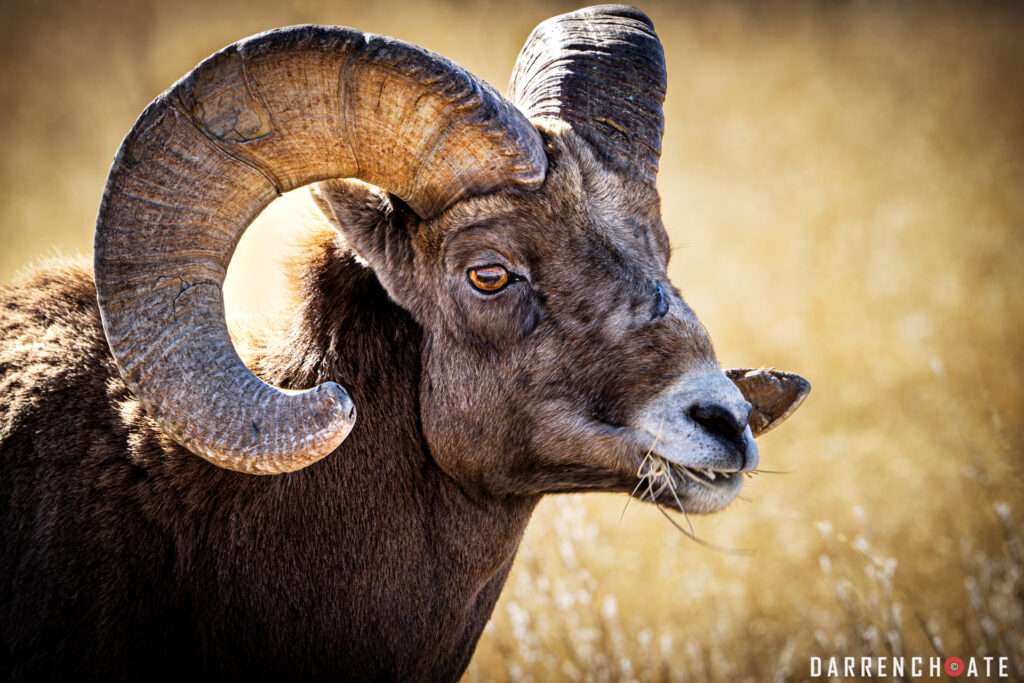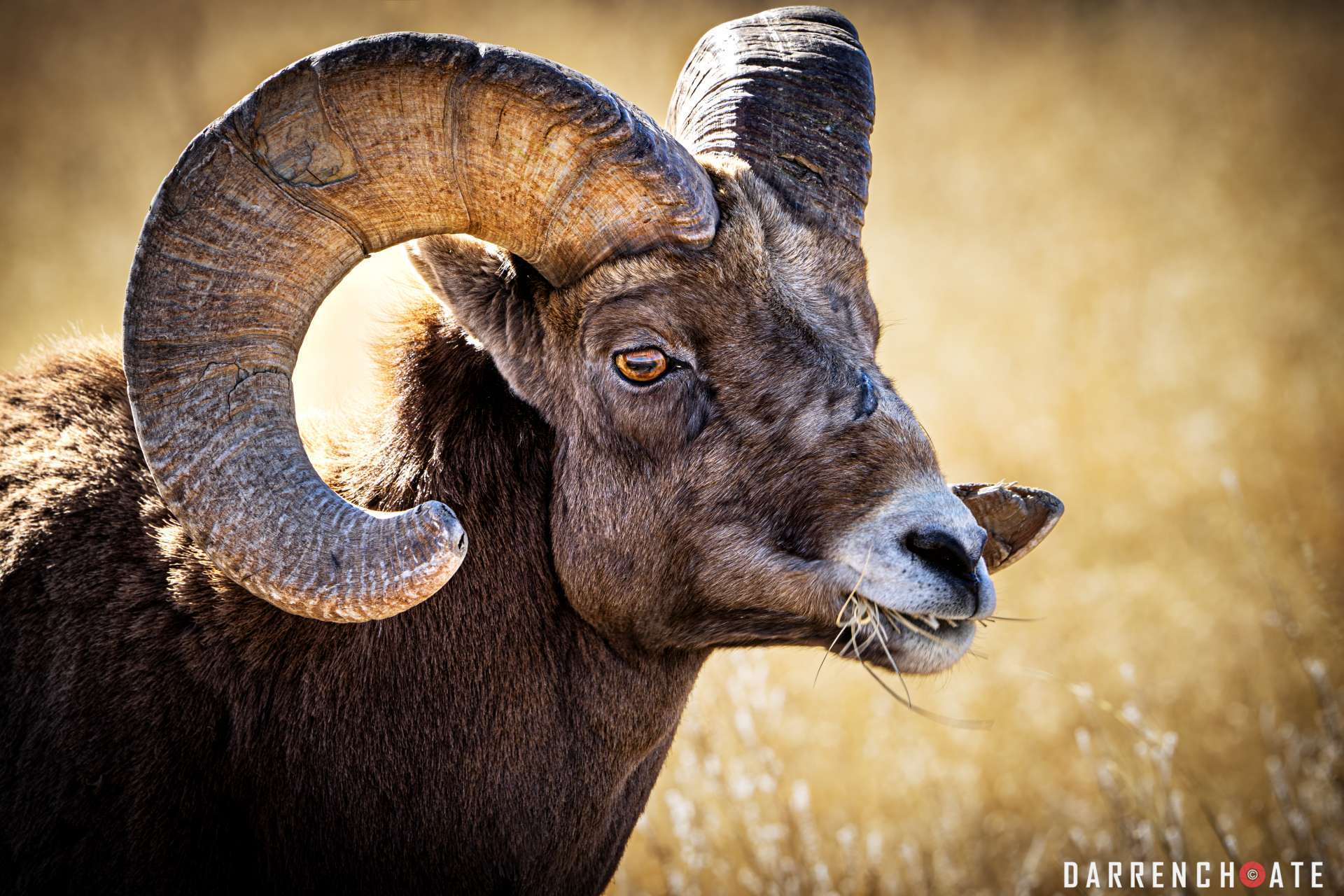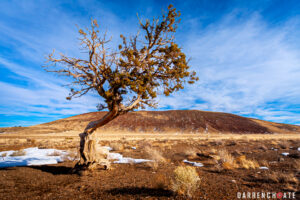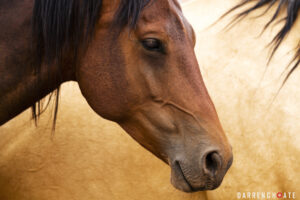As a hobbyist, focused on growing my photography business, I rely on Reader-Support. I earn a small commission from purchases made from my site. I only promote products that I have used and rely on in the field. Any support is appreciated, and will most likely help me fuel my Tacoma on my next adventure.
Image of the Week: September 23, 2024

TITLE: Sheepish Look
DATE TAKEN: February 2022
DESCRIPTION:
In early 2022, I upgraded my wildlife photography camera. I purchased a Sony a6600 to replace my a6300, which became my backup and pack camera. I was certain the new APS-C crop-factor camera body would pair well with my FE 200-600mm G OSS lens. All I needed now was a chance to test my theory.
Anxious to put the duo to the test, I created an opportunity. My mother was celebrating her birthday in February, so my wife and I planned a weekend trip to our hometown of Eagar, Arizona. On the weekend trip, we stayed in Show Low, making the daily trek to Round Valley. The surrounding area near Springerville, Eagar, and Greer is a great spot to spot and photograph bighorn sheep.
Late one morning, we drove from Eagar toward Greer on Highway 260. Luckily, we spotted two mature bighorn sheep rams feeding dangerously near the road. Of course, it was just as dangerous for a wildlife photographer to stand in the road taking photographs of the pair; however, I was willing to risk it all for the chance at a great capture. Over an hour or so, I captured several good images of both bighorns.
Over the last decade, bighorn sheep, both the Rocky Mountain and Desert varieties, have become a favorite photography subject of mine. I have captured bighorn images in Colorado, but I enjoy spending time on “my mountain” in search of capturing images of these beautiful creatures.
LESSONS LEARNED:
Although this shot was okay, I could have used two alternate camera settings (re: shutter speed and ISO) to ensure a more positive result. As you might imagine, I was fully zoomed to 600mm to capture this shot. Following the guidelines of the Reciprocal Rule, I should have used a shutter speed of approximately 1/600, especially since I was hand-holing the camera.
Instead, in aperture priority mode, with ISO stubbornly hared-wired at 100, the camera used a 1/80 shutter speed. Several images I took that day had too much motion blur because the feeding rams’ mouths were moving too fast. With modern cameras able to keep noise levels low at high ISO settings, I now use an ISO range on either aperture or shutter priority. (I still look to keep ISO set at a maximum of 800.)
MY GEAR:
GET IT:
This image is available for purchase, in several formats including standard prints, canvas wraps, and large metallic prints, in my Wildlife Gallery.



